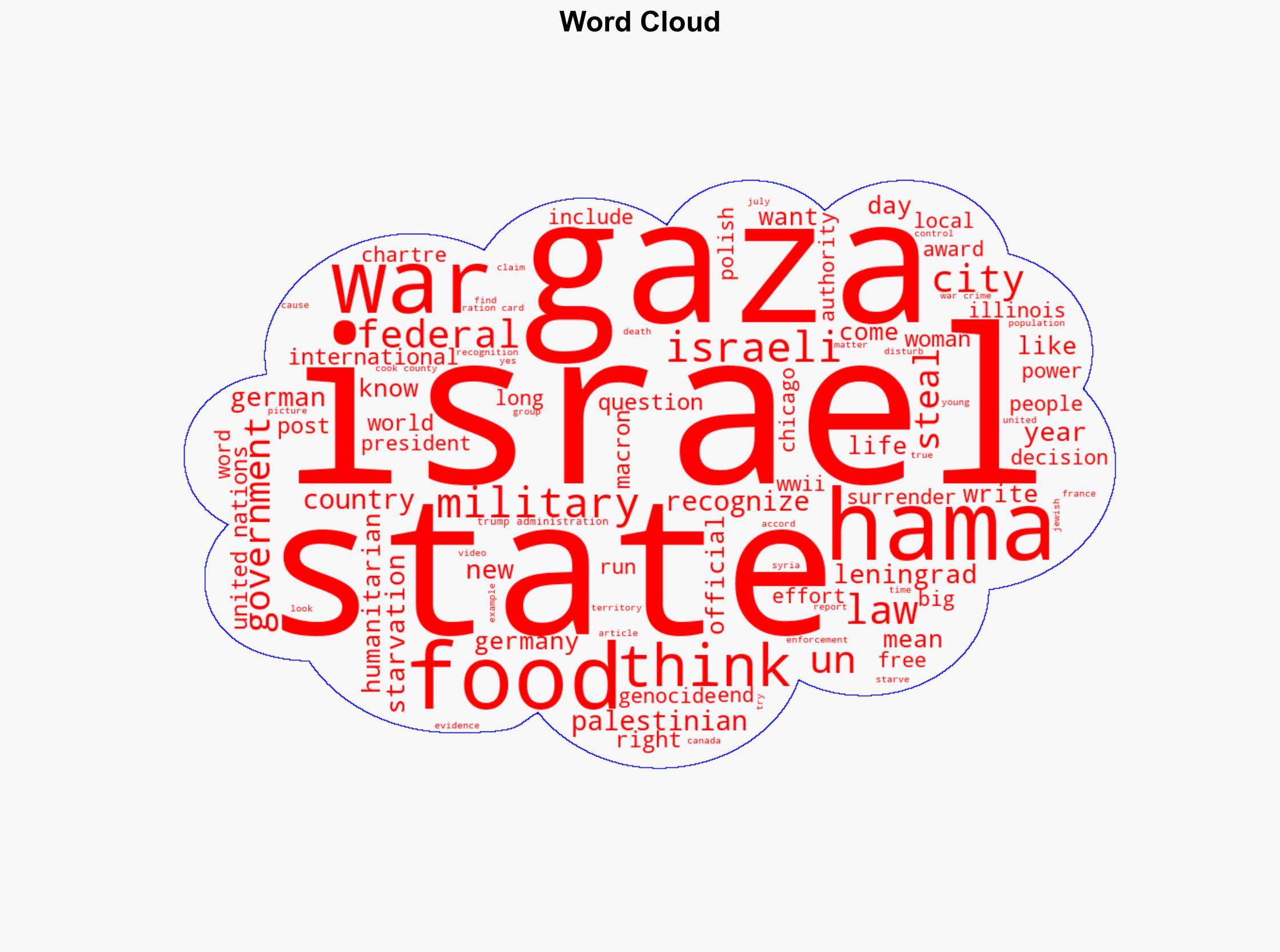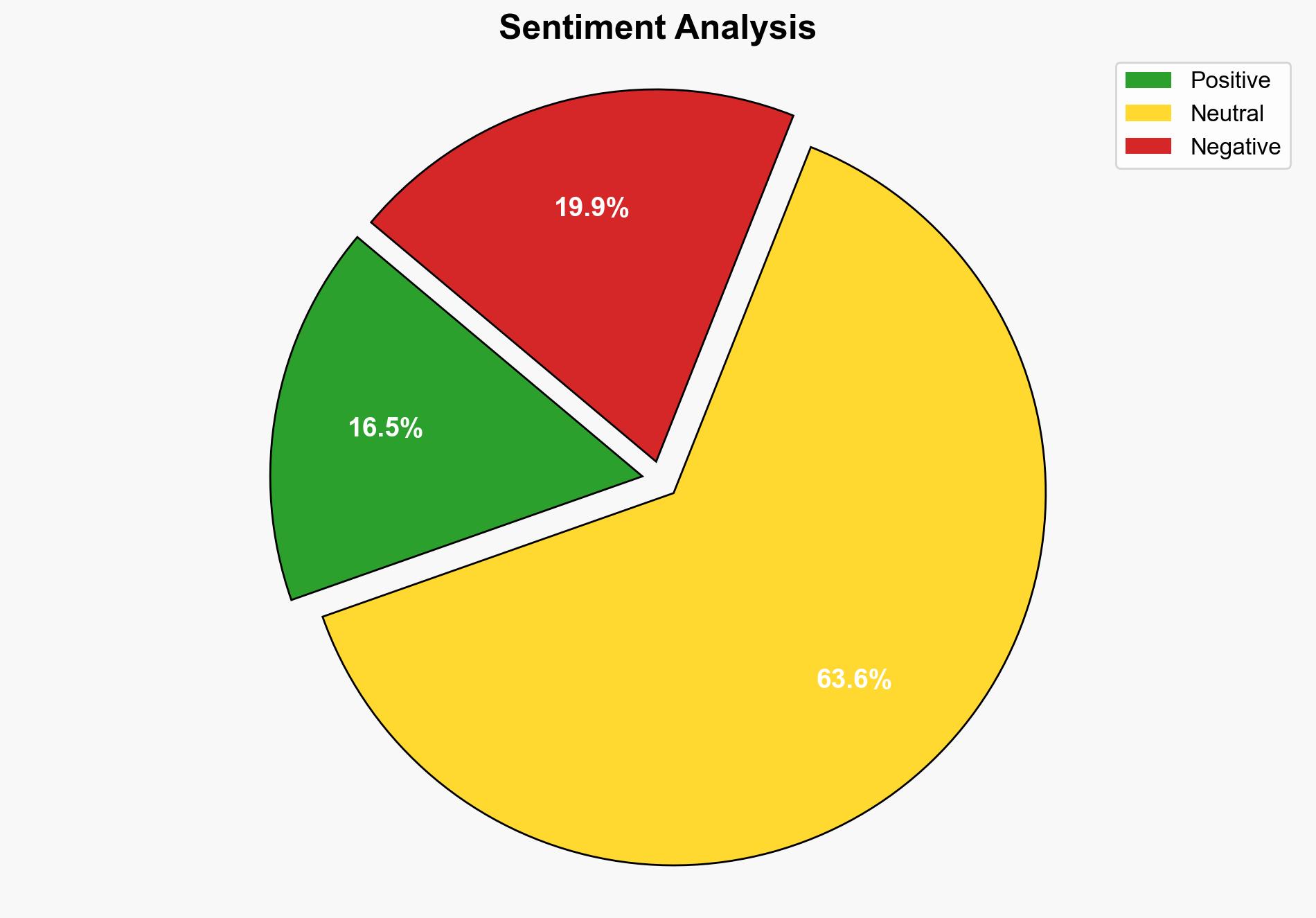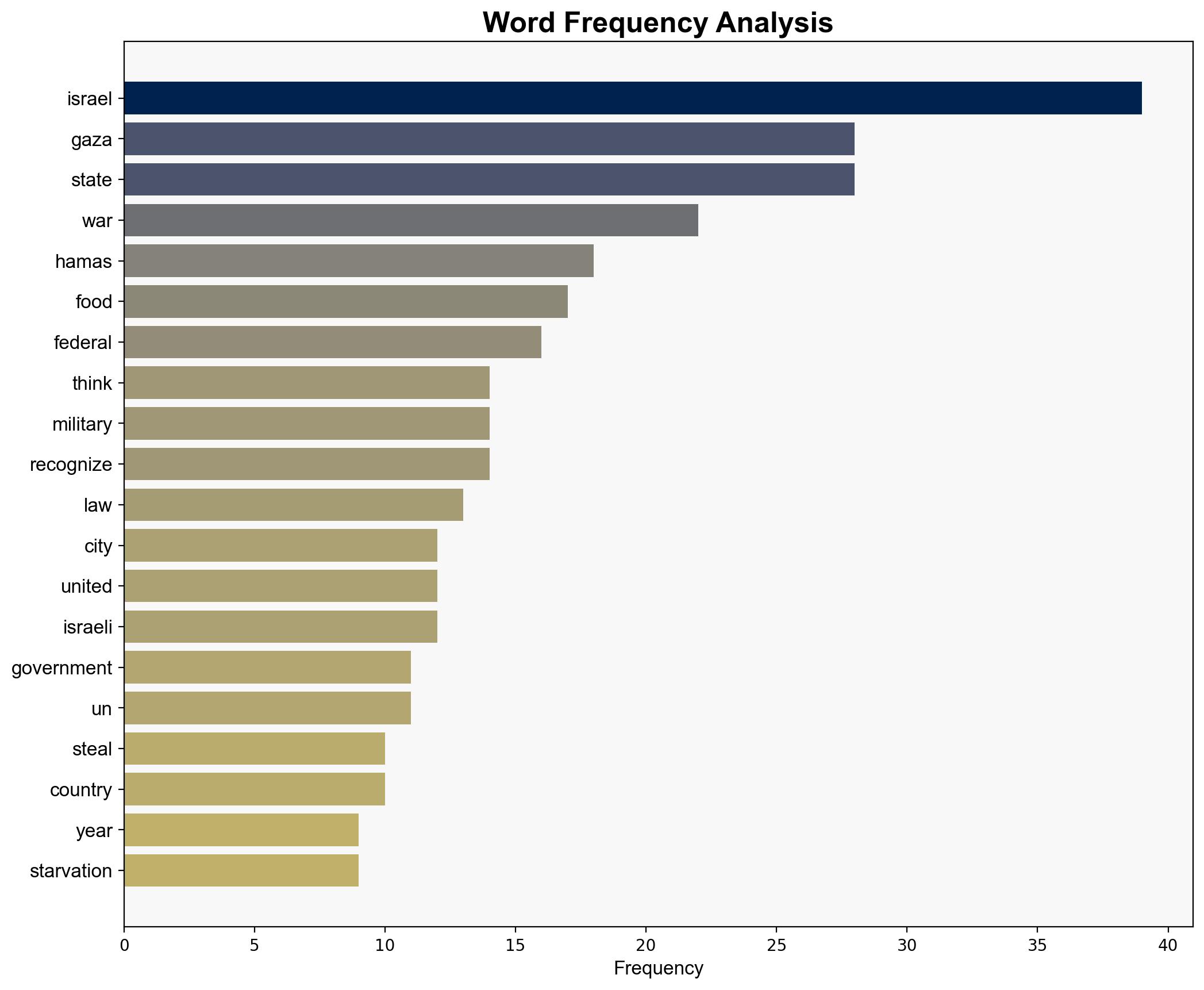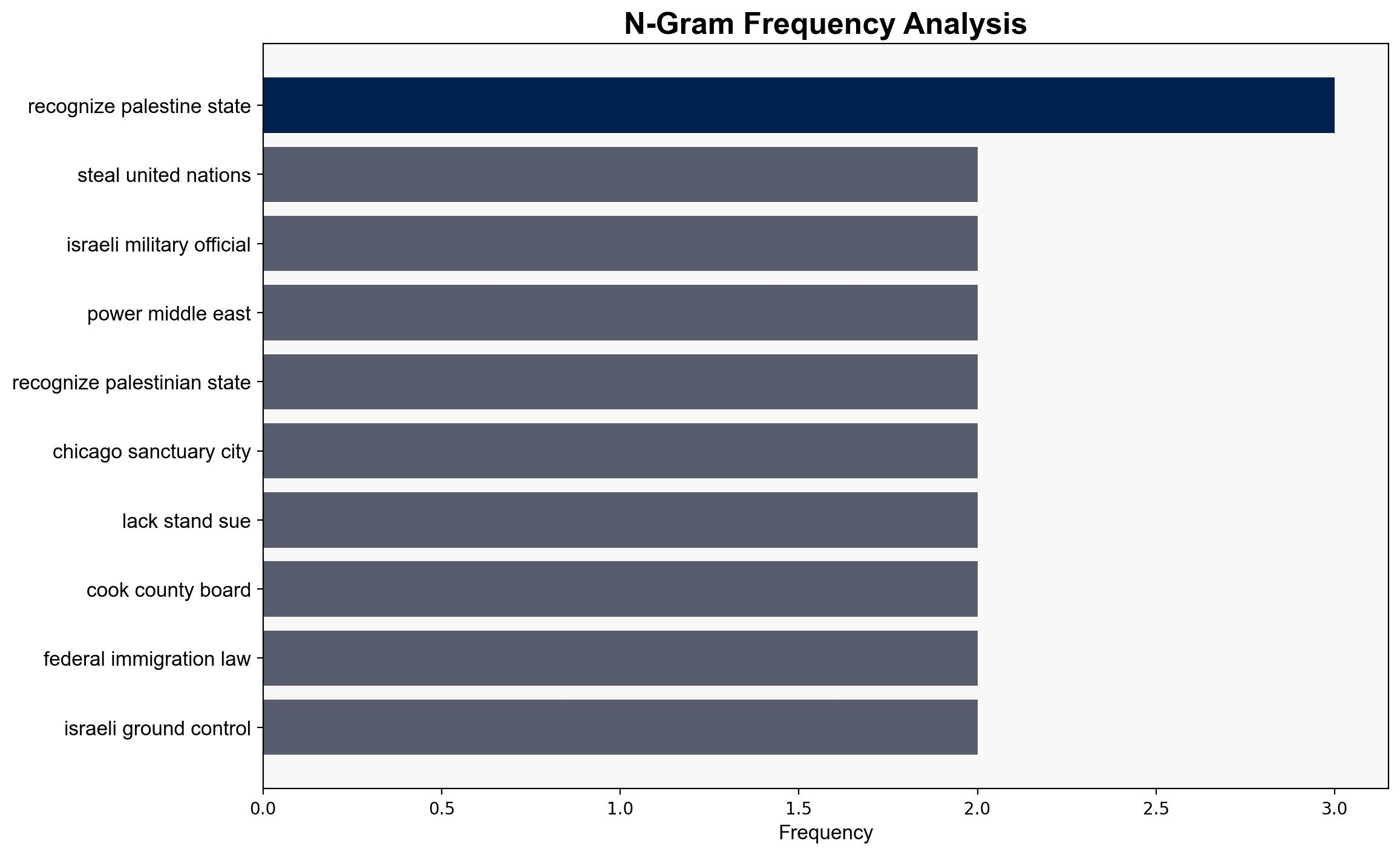Sunday Hili dialogue – Whyevolutionistrue.com
Published on: 2025-07-27
Intelligence Report: Sunday Hili dialogue – Whyevolutionistrue.com
1. BLUF (Bottom Line Up Front)
The analysis of the source text suggests two primary hypotheses regarding the resurgence of religious practices and the geopolitical implications of alleged humanitarian aid misappropriation. The hypothesis that religious revival is more a cultural phenomenon than a genuine increase in religious adherence is better supported. The confidence level in this assessment is moderate due to the lack of comprehensive data. It is recommended to monitor cultural and religious trends for shifts that may impact social cohesion and geopolitical stability.
2. Competing Hypotheses
1. **Hypothesis A**: The observed revival in religious activities, such as pilgrimages, indicates a genuine resurgence in religious adherence and belief systems, potentially leading to increased influence of religious groups in societal and political spheres.
2. **Hypothesis B**: The resurgence in religious activities is primarily a cultural or social phenomenon, driven by a search for identity and community rather than a deep-seated increase in religious belief, with limited long-term impact on religious demographics.
Using ACH 2.0, Hypothesis B is more likely as the text suggests that despite the visible activities, overall religious adherence remains stable, indicating a cultural rather than a religious resurgence.
3. Key Assumptions and Red Flags
– **Assumptions**: Hypothesis A assumes that visible religious activities directly correlate with increased religious adherence. Hypothesis B assumes that cultural and social factors are the primary drivers of these activities.
– **Red Flags**: The lack of quantitative data on religious adherence trends and potential bias in interpreting cultural activities as religious resurgence.
– **Blind Spots**: The analysis does not account for potential regional variations in religious adherence or the influence of external factors such as economic conditions.
4. Implications and Strategic Risks
– **Cultural and Social Implications**: A cultural resurgence could strengthen community bonds but might also polarize societies if perceived as exclusionary.
– **Geopolitical Risks**: Misinterpretation of cultural activities as religious resurgence could lead to overestimation of religious groups’ influence, affecting policy decisions.
– **Humanitarian Concerns**: Allegations of aid misappropriation could undermine trust in international aid organizations, complicating future humanitarian efforts.
5. Recommendations and Outlook
- Monitor cultural and religious trends to identify shifts in societal dynamics.
- Engage with community leaders to understand the drivers behind cultural activities.
- Scenario Projections:
- Best Case: Cultural activities foster social cohesion without significant religious polarization.
- Worst Case: Misinterpretation leads to increased societal division and policy missteps.
- Most Likely: Cultural activities continue with limited impact on overall religious demographics.
6. Key Individuals and Entities
– Rod Dreher: Writer discussing religious trends.
– Matthew Witzane: Commentator on religious activities.
– Anna: Participant in religious pilgrimage.
7. Thematic Tags
national security threats, cultural dynamics, religious trends, humanitarian aid





